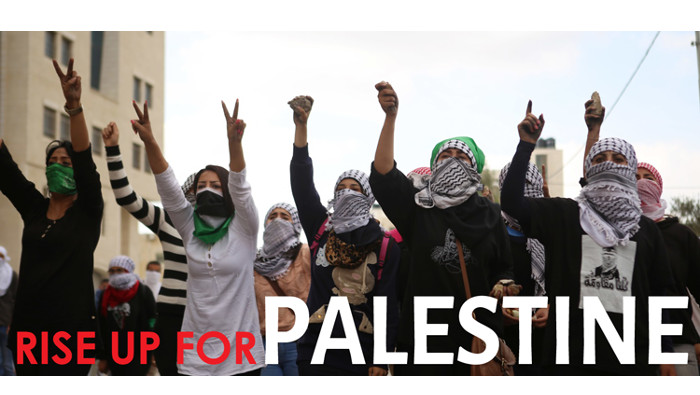Seven Palestinians were killed and 200 wounded this weekend in clashes with Israeli troops in the West Bank, East Jerusalem and border of the Gaza Strip. Three Israeli soldiers were wounded in separate knife attacks in and around the southern West Bank city of Hebron.
According to Palestinian medical sources, 34 Palestinians were killed by Israeli forces and 1200 wounded by live and rubber-coated steel bullets since the beginning of the current wave of clashes on 1 October.
Clashes took place in most West Bank cities in the areas of contact with Israeli soldiers. This included the northern entrance of Bethlehem, where the Israeli-controlled Rachel Tomb is located; the northern entrance of Ramallah; the Bab el Zawiyeh area of downtown Hebron, which separates between the areas controlled by Israel and the Palestinian Authority; at the Hawwara checkpoint in the northern West Bank district of Nablus; and in the entrance to Tulkarem in the northern West Bank.
Clashes further took place in villages throughout the West Bank. In the Ramallah-area village of Silwad, for example, Israeli soldiers invaded the village and injured three protesters. The army declared the village a closed military zone and closed the entrances with earth mounds and large rocks. Similar events occurred in other Ramallah-area villages including Deir Jarir, Mazra’a el Shargiyya, Deir Debwan and Taibe.
The most serious clashes occurred in the southern West Bank area of Hebron. A general strike in the city was called following the killings of 16-year-old Bayan al Osaili, who was shot after purportedly stabbing an Israeli border police officer near downtown Hebron’s Ibrahimi mosque, and 18-year-old Fadil al Qawasmi, who was shot by an Israeli settler on Hebron’s Shuhada Street.
Testmonies by activists from Hebron’s Youth against Settlements group note iat dozens of Israeli settlers gathered around the ambulance taking al Qawasmi to the hosptial. Israeli soldiers dispersed the settlers.
In a joint protest in Hebron by Fateh, Hamas and the Popular Front for the Liberation of Palestine parties, ten Palestinians were wounded. Coordination and cooperation amongst the various Palestinian political parties has increased in the past week, with Hebron leading the way for such coordinated actions.
On Friday’s Day of Rage, Israeli troops established a military camp in the South Hebron Hills village of At-Tuwani. The international group Operation Dove reports that clashes broke out late Friday in the South Hebron Hills area of Ziff. When soldiers noticed that Operation Dove volunteers and journalists were filming the clashes, they fired tear gas and sound bombs. When soldiers began advancing on the protesters, the latter retreated into the nearby town of Yatta. Although Yatta is in Area A, ostensibly under full control of the Palestinian Authority, soldiers entered the town, firing live rounds and tear gas grenades.




